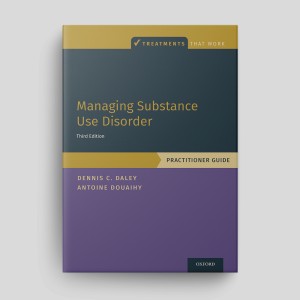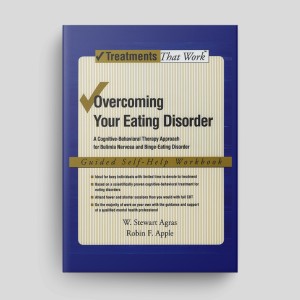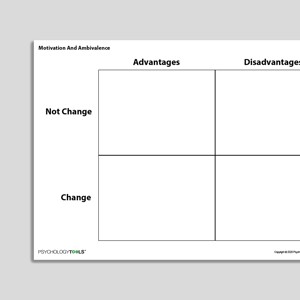Relapse Management / Relapse Prevention
Lapse and relapse management isn’t just important for substance misuse work. Any time a client has learned a new coping strategy and is attempting to put it into practice they are vulnerable to relapsing and using other (less adaptive) coping strategies. Relapse management can be used to reinforce use of the new coping strategy. Note the term relapse management rather than relapse prevention—when relapse occurs then ‘prevention’ indicates failure whereas ‘management’ promotes the idea of coping.
Showing 1 to 21 of 21 results
Trichotillomania: An ACT-Enhanced Behavior Therapy Approach (Second Edition): Therapist Guide
Trichotillomania: An ACT-Enhanced Behavior Therapy Approach (Second Edition): Therapist Guide
Managing Bipolar Disorder: Workbook
Managing Bipolar Disorder: Workbook
Managing Bipolar Disorder: Therapist Guide
Managing Bipolar Disorder: Therapist Guide
Treating Your OCD With Exposure And Response (Ritual) Prevention (Second Edition): Workbook
Treating Your OCD With Exposure And Response (Ritual) Prevention (Second Edition): Workbook
Managing Your Substance Use Disorder (Third Edition): Workbook
Managing Your Substance Use Disorder (Third Edition): Workbook
Managing Substance Use Disorder (Third Edition): Practitioner Guide
Managing Substance Use Disorder (Third Edition): Practitioner Guide
Overcoming Depression (Second Edition): Workbook
Overcoming Depression (Second Edition): Workbook
Overcoming Depression (Second Edition): Therapist Guide
Overcoming Depression (Second Edition): Therapist Guide
Overcoming Your Eating Disorder: Workbook
Overcoming Your Eating Disorder: Workbook
Therapy Blueprint For Social Anxiety
Therapy Blueprint For Social Anxiety
Functional Analysis With Intervention Planning
Functional Analysis With Intervention Planning
Links to external resources
Psychology Tools makes every effort to check external links and review their content. However, we are not responsible for the quality or content of external links and cannot guarantee that these links will work all of the time.
Guides and workbooks
- Relapse prevention pack | National Phobics Society
Information (Professional)
- Relapse Management (OCTC Practical Guides) | Helen Kennerley | 2016
Presentations
- Cognitive behavioral & relapse prevention strategies | UNODC | 2007
- Taking the mystery out of relapse | Grinstead | 2014
Treatment Guide
- Relapse prevention basics | Hazelden
- Counselor’s Manual For Relapse Prevention With Chemically Dependent Criminal Offenders | USDHHS | 1996
- Clinical guidelines for implementing relapse prevention therapy | Marlatt, Parks, Witkiewitz | 2002
Recommended Reading
- Larimer, M. E., Palmer, R. S., Marlatt, G. A. (2000). Relapse prevention: An overview of Marlatt’s cognitive-behavioural model. Alcohol Research and Health, 23(2), 151-160
- Marlatt, G. A., & George, W. H. (1984). Relapse prevention: Introduction and overview of the model.Addiction,79(3), 261-273
- Marlatt, G. A., Parks, G. A., & Witkiewitz, K. (2002). Clinical guidelines for implementing relapse prevention therapy. Addictive Behaviors Research Center, Departament of Psichology, University of Washington.
- Parks, G. A., Anderson, B. K., & Marlatt, G. A. (2004). Relapse prevention therapy.The essential handbook of treatment and prevention of alcohol problems, 87




















